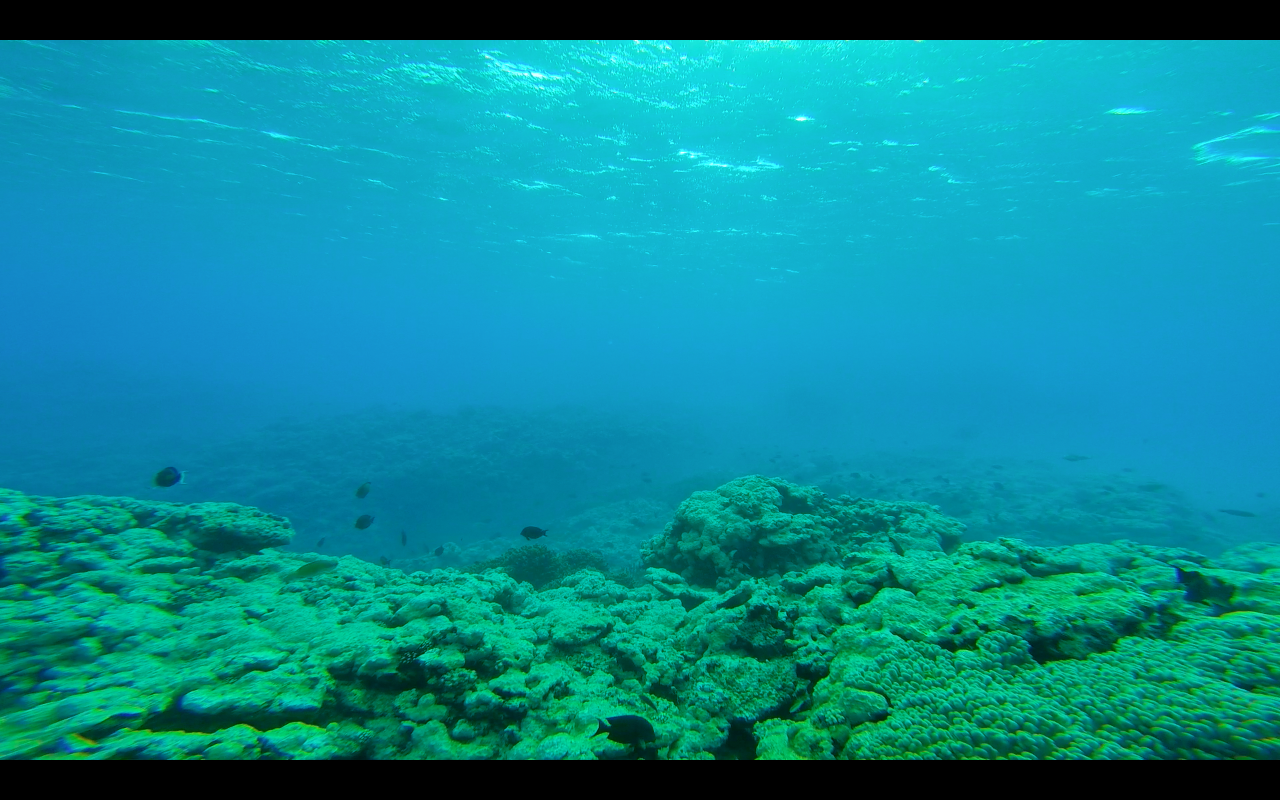I wanted to toss up a quick post to clear up something we were talking about earlier in our trip. We had several conversations earlier regarding the challenges of crown-of-thorn starfish (Acanthaster planci; often called simply “COTS”) surrounding their purported colonial nature. This was a misconception. The original stepping off point was the comment that this corallivorous echinoderm that has been decimating coral reefs across the Pacific for at least 70 years might indeed be some sort of amalgamation of four different organism. The confusion spurred much debate while we were on Aitutaki and needs to be set straight. It is not that a given individual is composed of four separate critters. Rather, that what we have traditionally considered to be a single species is apparently four separate, identical-looking species.

Dead and desiccating crown-of-thorn starfish at our Base 1 beach on Aitutaki on July 29, 2015. Killing individuals underwater can release larvae that bolster the population. Hence the only sure way of killing these guys is to haul them up onto dry land and let them dry out in the war air and tropical sun.
See Vogler et al (2008) for the genetic data, but here is the upshot:

The distribution of four identified crown-of-thorns starfish species based on genetic markers (barcoding). Figure from Vogler et al. 2008.
From Vogler et al. 2008’s Introduction:
Coral reefs, the most species-rich marine ecosystems, are subjected to growing anthropogenic pressure, limiting their resilience to natural threats such as corallivorous predators (Bellwood et al. 2004). Among those, the crown-of-thorns starfish (COTS) Acanthaster planci is infamous for its dramatic population explosions (called outbreaks) that have devastated coral reefs throughout the Indo-Pacific for decades, making it a major management issue (Birkeland & Lucas 1990; Veron 2008). But despite extensive research into COTS biology, the causes of outbreaks are still not clear; they probably involve a variable set of interacting natural and anthropogenic factors that lead to increased recruitment (Engelhardt & Lassig 1997). An important consideration in both COTS research and management is that A. planci has been regarded as a single species throughout its distribution, and therefore the same ecological and behavioural traits are assumed worldwide.
Acanthaster planci‘s long-lived pelagic larva—surviving from three to four weeks in normal conditions (Yamaguchi 1973) to about seven weeks in marginal food regimes as found in oceanic conditions (Lucas 1982)—would be expected to promote genetic homogeneity. But this species appears to be highly structured (Benzie 1999), in line with other recent studies of widespread marine invertebrates (e.g. Becker et al. 2007). Using sequences of the mitochondrial cytochrome oxidase subunit I gene (COI) from samples covering its entire distribution, we show that A. planci consists of four deeply diverged clades that form a pan-Indo-Pacific species complex (as identified by DNA taxonomy; Vogler & Monaghan 2007).
And from their discussion:
Our discovery of four highly differentiated clades in one of the world’s most destructive coral predators has significant conservation implications. Identifying cryptic speciation is essential to adequately study and contain species that require management (Bickford et al. 2007). Although the status of A. planci is relatively poorly documented from the Indian Ocean and the Red Sea, outbreaks there do not appear to be as massive and widespread as in the Pacific (Zann 2000), suggesting that outbreak patterns might vary between the different sibling species. Up to now, however, the overwhelming majority of COTS research has been performed in the Pacific. Failure to recognize the existence of the sibling species could have contributed to a lack of understanding of the processes that lead to outbreaks in the different COTS lineages, by extrapolating results obtained from the Pacific studies to A. planci‘s entire distribution for both research and management purposes.
Future research will be required to investigate whether the life history, behavioural patterns and/or ecological requirements that may affect the outbreak dynamics of these four independent evolutionary COTS lineages have diverged sufficiently to necessitate lineage-specific management. This could prove to be crucial for the design of appropriate management strategies to minimize the impact of future catastrophic COTS outbreaks in different regions of the world.
While still interesting, they are no chimera.
















